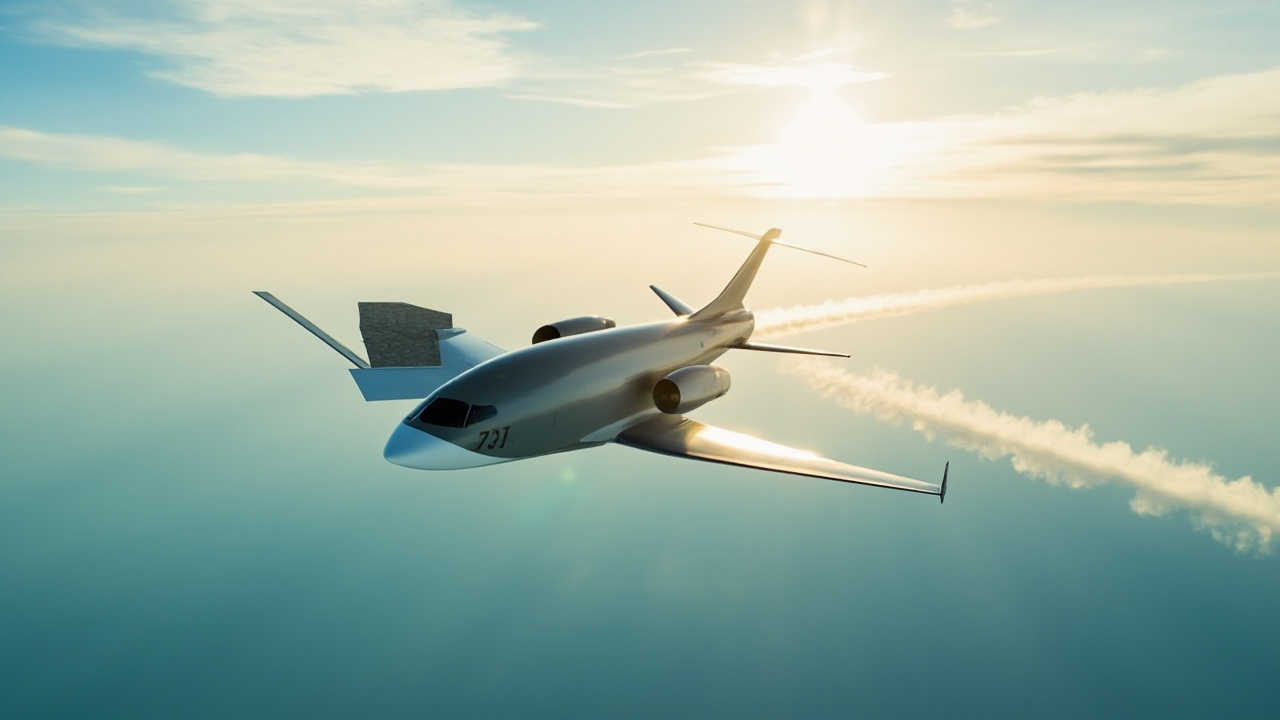Cosmos 482: Legacy and Space Debris Management

The recent return of the Soviet-era Venus probe Cosmos 482 has sparked widespread interest in the scientific community and the public alike. Launched in 1972, this spacecraft has spent over five decades in limbo, orbiting Earth after failing to reach its intended destination. Its eventual re-entry on May 10, 2025, and subsequent splashdown in the Indian Ocean raises intriguing questions about the legacy of space missions and the ongoing challenges of space debris management.
Cosmos 482’s design was specially crafted to withstand the extreme temperatures and pressures of Venus’s atmosphere, a feat that highlights the technological prowess of space exploration during the Cold War. Unlike typical satellites that disintegrate upon re-entry, this probe was expected to maintain structural integrity due to its robust construction. However, based on observations by satellite trackers, there are concerns that it might not have withstood its fiery descent perfectly, possibly sustaining damage in the process. This incident opens a discussion about how much we still don’t understand about the longevity and resilience of our technological creations when subjected to the harsh environment of space.
Historically, Cosmos 482 is part of a broader narrative surrounding the challenges of interplanetary exploration, particularly within the context of the Soviet Union's ambitious space program. Collectively, missions like these not only aimed to gather data on Venus but also reflected the highly competitive nature of the space race during the 20th century. Although it never fulfilled its mission to land on Venus, the probe offers a powerful reminder of the countless artifacts left behind in our orbits, contributing to the growing problem of space debris. This resurgence of interest calls to attention the critical need for better space debris tracking and management systems.
The Cosmos 482 incident underscores the ongoing risks associated with space activities, particularly as we see a steady increase in launches from various countries. The likelihood of destructive encounters with space debris is low, but as history has shown, even minimal risks can lead to significant consequences. In this light, as humanity pushes further into the cosmos, how do we balance exploration with the responsibility of protecting our Earthly space environment?
Read These Next

U.S. Executive Order Lifts Civil Supersonic Flight Ban
U.S. President's executive order signals a pivotal shift in the aviation industry by lifting the ban on civil supersonic flight, highlighting the interplay of emerging technologies and regulatory changes.

Neuralink and Grok Partner to Enable ALS Patients to 'Speak'
The partnership between Neuralink and Grok to create brain-machine interfaces for ALS patients signifies a breakthrough in medical technology, combining AI and neural processing to empower those with severe communication limitations.

Toyota Unveils World's First Hydrogen Sauna for Sustainability
Toyota's introduction of the world's first hydrogen sauna signifies a pivotal moment in eco-friendly technology. This innovation not only pushes the boundaries of traditional wellness products but also aligns with the growing consumer demand for sustainable solutions. Its unique feature of emitting only water vapor and hot air instead of CO2 underlines its potential impact on both the sauna market and the clean energy space. The product's ability to capture consumer interest amidst a backdrop of increasing vitality for eco-conscious entities like Toyota illustrates a strategic shift in brand positioning and consumer appeal.
